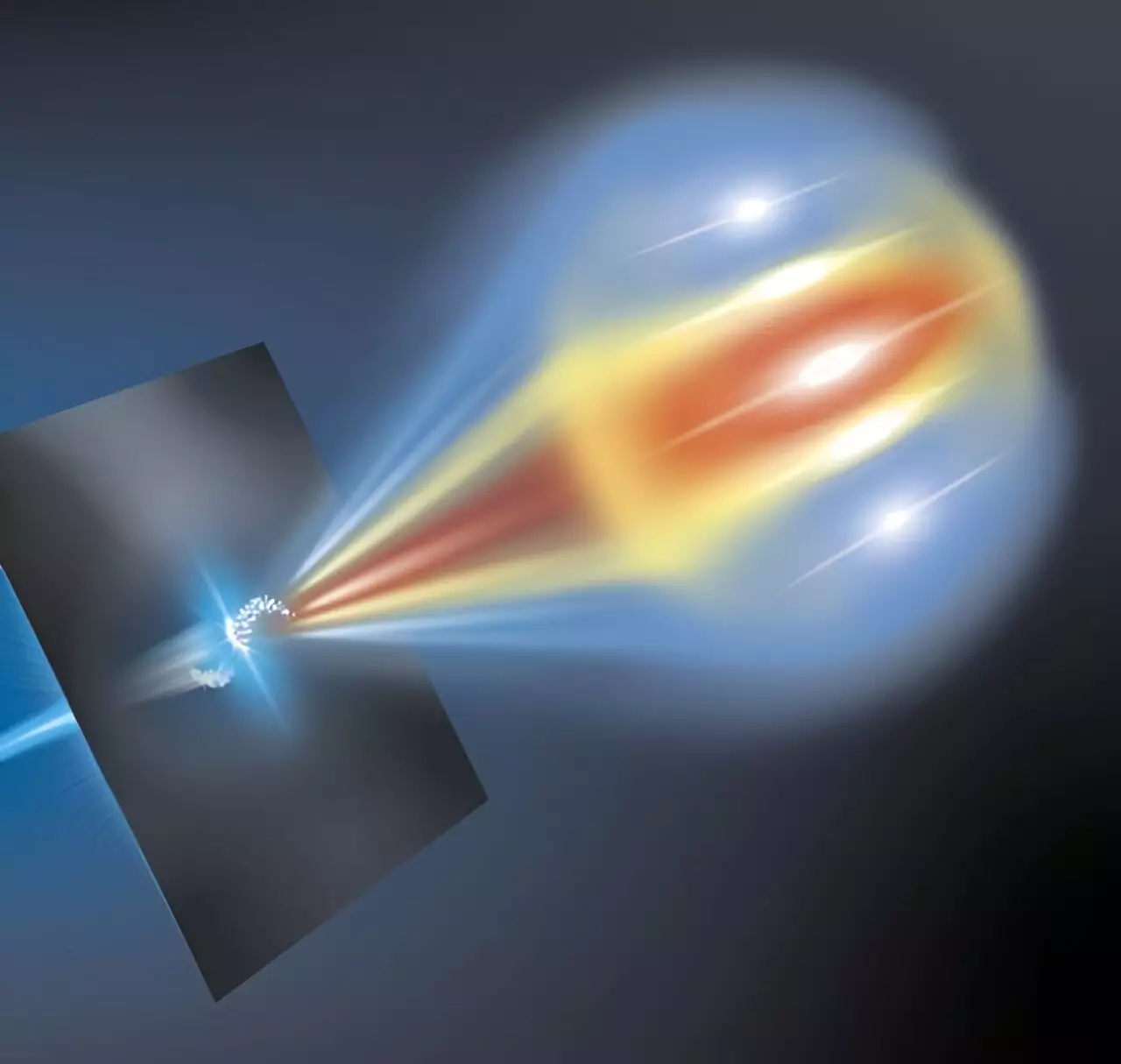Laser-plasma accelerators are changing the game when it comes to particle acceleration. These compact sources are able to efficiently accelerate electron bunches, leading to the development of X-ray lasers that can fit within the confines of a university institute’s basement. This innovative technology presents a promising future for accelerating particles in a more cost-effective and space-saving manner.
One of the main challenges faced by laser-plasma accelerators is the need to produce finely bundled electron bunches with defined properties in order to generate UV or X-ray light. The precise measurement of these bunches has been a longstanding issue. However, a team at the Helmholtz-Zentrum Dresden-Rossendorf (HZDR) has introduced a novel measuring method that aims to address this challenge and drive the advancement of laser-plasma acceleration technology.
In laser-plasma acceleration, intense light pulses from a laser are directed into a gas, ionizing it and creating a plasma of electrons and ions. The interaction between the laser pulse and the plasma forms an electrically charged “bubble” behind it, which can be used to accelerate electrons. This acceleration process can take place in a much smaller space compared to traditional particle accelerators, making it a more compact and efficient solution for generating high-energy particle beams.
One of the most exciting applications of laser-plasma accelerators is the free electron laser (FEL), which can produce laser-like X-ray or UV flashes for studying ultrafast processes such as chemical reactions. Conventional FEL facilities are typically large and costly, but by leveraging laser-plasma accelerators, it becomes possible to build more compact and affordable FEL setups. This opens up the technology to a wider range of research teams, enabling more scientists to access this cutting-edge tool for their experiments.
Several research groups have already demonstrated the feasibility of implementing FELs based on plasma accelerators, marking a significant milestone in the field. These successes have highlighted the need to improve the quality and stability of accelerated electron bunches, as well as the development of new diagnostic methods for investigating plasma acceleration processes. The introduction of the Coherent Optical Transition Radiation (COTR) method by the HZDR team represents a significant step forward in analyzing electron bunches with unprecedented precision.
By gaining a better understanding and control over electron bunches in laser-plasma accelerators, researchers can optimize the production of bright and stable light for applications such as FELs. The ability to manipulate the form and structure of electron bunches with greater precision opens up new possibilities for advancing the field of particle acceleration and unlocking its full potential for scientific research and discovery.



Leave a Reply